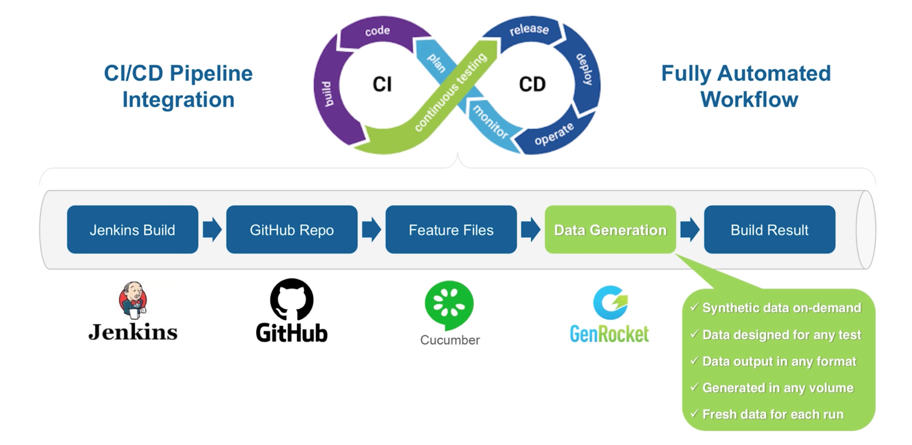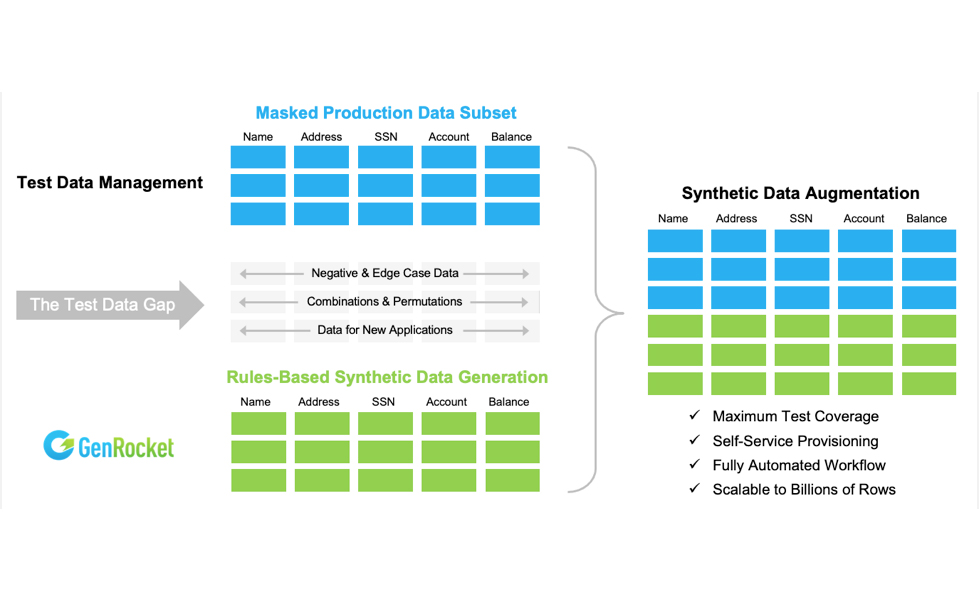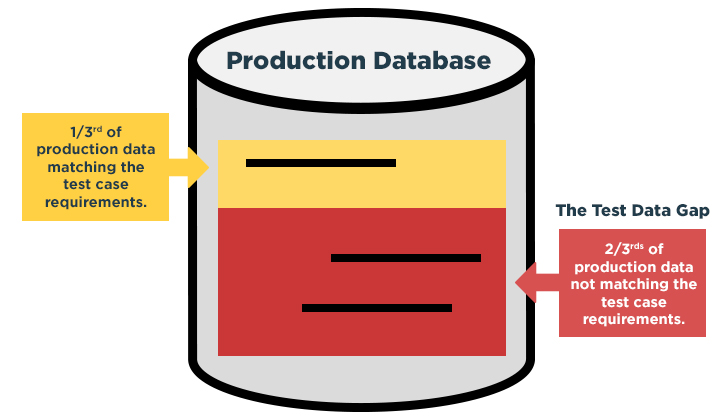Until recently, the global financial services industry (estimated at $22.5 trillion in 2021) has been slow to adopt cloud computing for its core processing functions. Entrenched legacy applications, uncertain cybersecurity risks, and regulatory compliance issues have all presented steep barriers to cloud adoption in the financial sector.

GenRocket Blog









